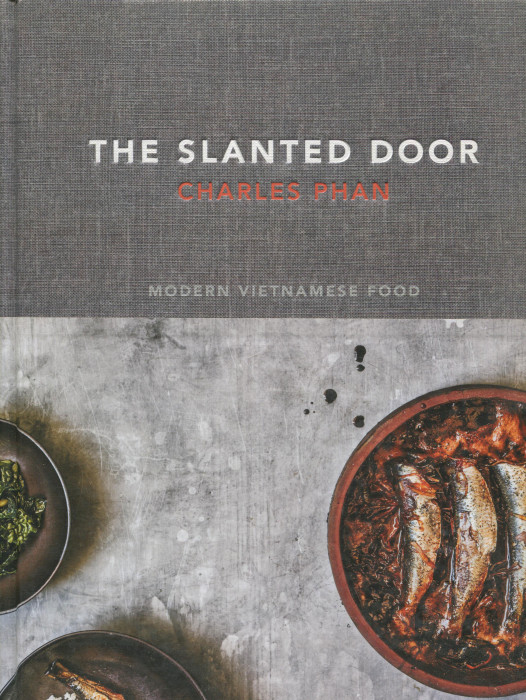Most of us grow up eating Chinese food. When I was a kid, Chinese food was it for Asian cuisine in Portland, Oregon. And we did not have a single pizza or Mexican place so if you were not eating American, it was Chinese. There were actually two separate, and large, sections of town called Chinatown. And no, the food was distinctly different between the two, though as a kid I never asked just why. Regional differences to be sure.
By the 1970s, across America Japanese restaurants began to appear and then thrive. And then Thai. And recently, Vietnamese. Now, I will not pretend to know the major differences between these cuisines although I know better than to ask for Pad Thai in my neighborhood Japanese spot or Negamaki in the Thai spot down the road. Every cuisine does have signature dishes that we come to recognize.
Of course, some of these signature dishes never appear in those native lands. We have Chinese American dishes that folks in China have never seen and might laugh at or even frown at.
For twenty years, The Slanted Door has been the preeminent Vietnamese restaurant in San Francisco. It was an immediate success and has thrived in three separate locations. Bigger and better each time.
And always Chef Charles Phan has invented a spectacular cuisine that merged his native Vietnamese cuisine with the incomparable contributions available in San Francisco: ingredients, styles, and techniques.
In this, his third book, Charles literally goes all out. The book is oversized with a grand color picture for each recipe. The large page size is not necessary for the photos, but it is for the recipes. Oh, the recipes. The next time you eat at The Slanted Door — which I hope you can — or at another superior Vietnamese restaurant, I would ask you to just consider each dish before you begin to eat.
Look at it, admire it, and then try to figure out how the flavors, smells, and textures have been devised. Here’s a picture of a “simple” thing: Cabbage Rolls with Tomato Garlic Sauce.
The dipping sauce has 11 ingredients. The filling has 14. All for something that, in a casual but enthusiastic way, you might just gobble down without beginning to understand how complex this dish really is. But you do see in the recipe some of the differences between Vietnamese and say Chinese cuisine. Fish sauce is used, not soy. No Chinese ginger here, but cilantro and jicama are employed.
I’ll post this recipe on Friday so you can see the details of ingredients and preparation. There is lots of chopping and stirring and some wok work for the pork filling. But the final cooking, in a steamer, is accomplished in just five minutes.
You’ll be intrigued by the recipes in this book. You’ll need a Sunday afternoon to make them, but would you prefer to golf or to cook? Here is a spectrum of ideas from the book:
Chive Cakes made with green onion, and both dried and fresh shrimp
Vegetarian Crepes revealing the French heritage but filled with cellophane noodles
Sticky Rice with Sweet Potato cooked in coconut milk
Jicama and Grapefruit Salad
Duck Porridge
Dungeness Crab with Cellophane Noodles
Seared Scallops in Vietnamese Beurre Blanc
Steamed Spare Ribs in rice wine
Cashew Chicken with walnuts, gingko nuts, dates, raisins, fish sauce, and oyster sauce
There’s adventure in The Slanted Table. Even if you never make it to Vietnam, there is a different side to San Francisco cuisine exposed in these pages. If you love upscale cookbooks, and if you eagerly devour upscale cuisine, then open The Slanted Door.


